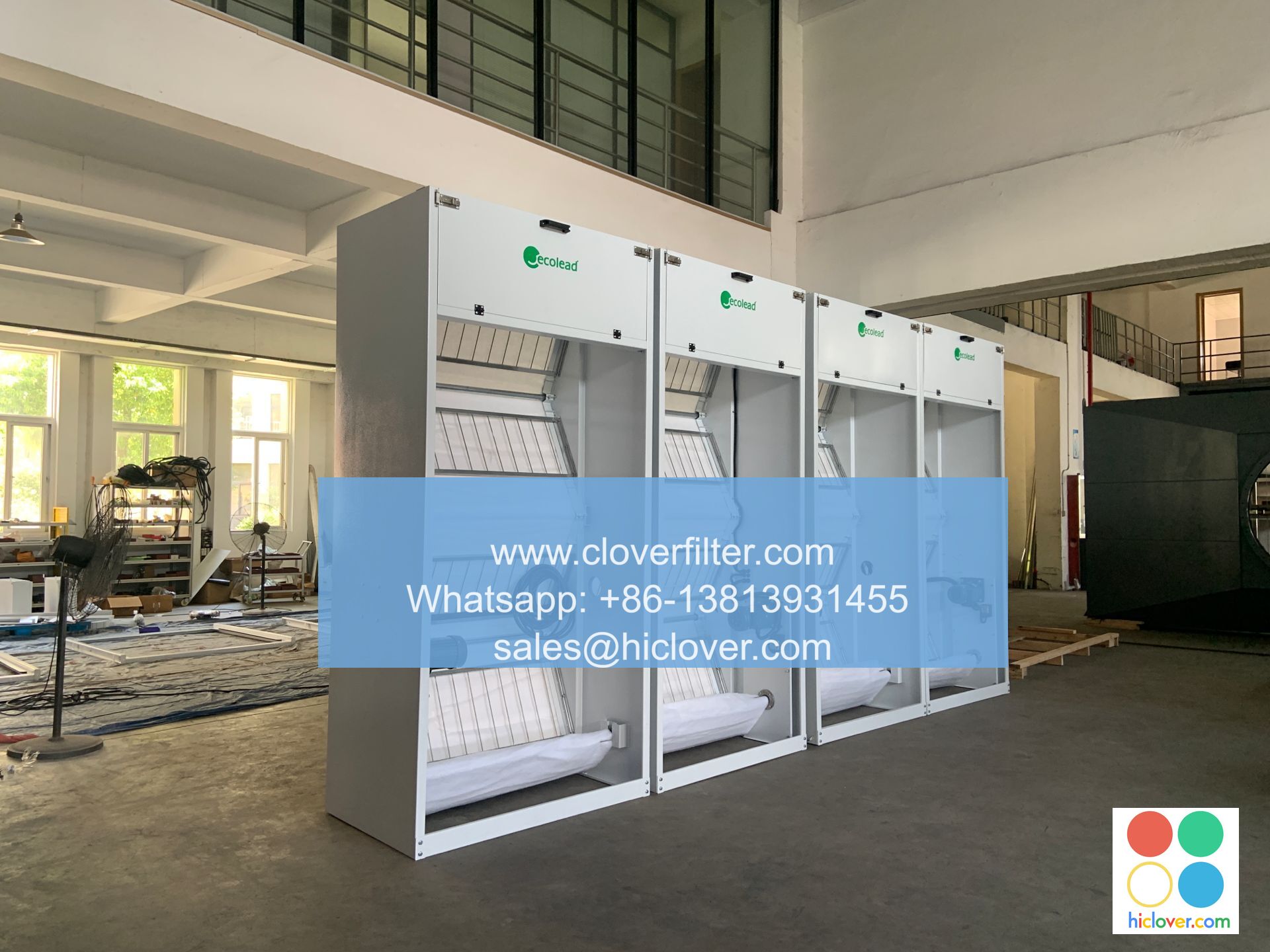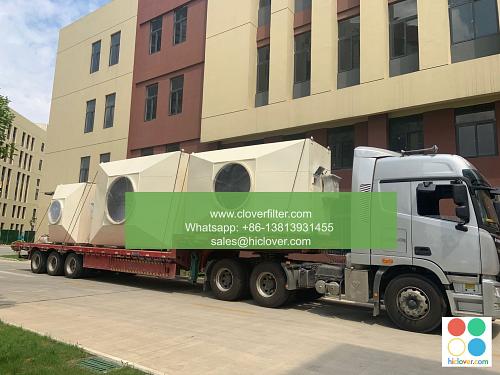How Air Filter Networks Work: A Simple Explanation

Air filter networks are an essential component of various systems, including heating, ventilation, and air conditioning (HVAC) systems, air purification systems, and industrial filtration systems. In this article, we will provide a simple explanation of how air filter networks work, highlighting their key components, applications, and benefits.
Key Components of Air Filter Networks
An air filter network typically consists of several key components, including:
- Air filters: These are the primary components that capture particulate matter, gases, and odors from the air.
- Fans: These are used to draw air through the filter network, creating a negative pressure that pulls air through the system.
- Ducts: These are used to distribute the filtered air throughout the system, providing a sealed pathway for the air to flow through.
- Air is drawn into the system through a intake vent or air inlet.
- The air then passes through a pre-filter, which captures large particles and debris.
- The air then passes through a main filter, which captures smaller particles, gases, and odors.
- The filtered air is then distributed throughout the system through a network of ducts.
- The air is then released back into the environment through a outlet vent or air outlet.
- Indoor air quality control: Air filter networks are used to improve indoor air quality by capturing particulate matter, gases, and odors.
- Industrial processes: Air filter networks are used in industrial processes to capture hazardous particles and gases, protecting workers and equipment.
- Commercial buildings: Air filter networks are used in commercial buildings to improve indoor air quality and reduce energy costs.
- Residential buildings: Air filter networks are used in residential buildings to improve indoor air quality and reduce allergy symptoms.
- Improved indoor air quality: Air filter networks can capture 99.97% of particles as small as 0.3 microns, improving indoor air quality.
- Reduced energy costs: Air filter networks can help reduce energy costs by improving heating and cooling efficiency.
- Extended equipment life: Air filter networks can help extend the life of equipment by capturing hazardous particles and gases.
- Improved health: Air filter networks can help improve health by reducing allergy symptoms and respiratory problems.
How Air Filter Networks Work
The process of how air filter networks work is relatively simple. Here’s a step-by-step explanation:
Applications of Air Filter Networks
Air filter networks have a wide range of applications, including:
Benefits of Air Filter Networks
The benefits of air filter networks are numerous, including:
Conclusion
In conclusion, air filter networks are an essential component of various systems, including heating, ventilation, and air conditioning (HVAC) systems, air purification systems, and industrial filtration systems. By understanding how air filter networks work, we can appreciate their key components, applications, and benefits. Whether you’re looking to improve indoor air quality, reduce energy costs, or extend equipment life, air filter networks are an effective solution. You haven’t provided a prompt or question for me to respond to. Please provide more context or information so I can give you a helpful and accurate answer. What would you like to talk about or ask?

